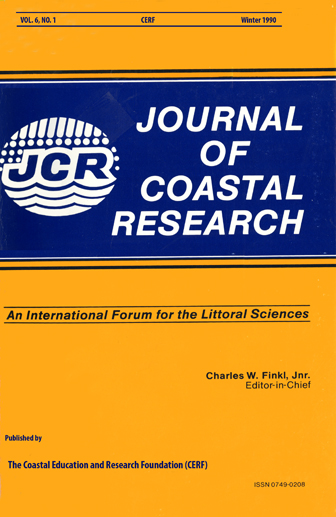The Biological Flora of Coastal Dunes and Wetlands. 1. Cakile edentula (Bigel.) Hook.
Keywords:
Cakile edentula, sea rocket, variation, ecology, population biology, physiology, geomorphological interactions, economic importanceAbstract
Cakile edentula (Bigel.) Hook . (sea rocket) is an annual or facultative perennial (Brassicaceae) that grows as a pioneer along the shorelines of the Great Lakes, the Atlantic and the Pacific Coast of North America, and the coasts of Japan, the Azores, New Zealand, and Australia. Here we present a summary of ecological, physiological and geomorphological aspects of the biology of Cakile edentuta. Its success along shore lines may be attributed to the production of large numbers of fruits, short life cycle, high potential for water dispersal, resistance to salt spray, possession of seed dormancy, high level of seedling establishment, rapid growth, and abiIit y to flower under a range of photoperiods. Cakile edentula produces dimorphic fruits; distal and proximal. Distal fruits break off from the parent and disperse to new locations while the proximal ones stay with the parent. The species plays a significant role in geomorphology. Single or clumped plants accumulate sand and add organic matter to the soil, thus providing more amenable habitats for the establishment of secondary colonizers. Cakile edentula exhibits highest germination at alternating temperatures of 20°C (14.5 hr) and 10°C (9.5 hr) under dark conditions. Light inhibits germination rates but ot total germination and fruits require stratification to overcome dormancy. The plants are infested by fungi and are consumed by a variety of phytophagous insects and vertebrates. The species manufactures glucosinolates that protect it from some insects, fungi, bacteria and vertebrates.


